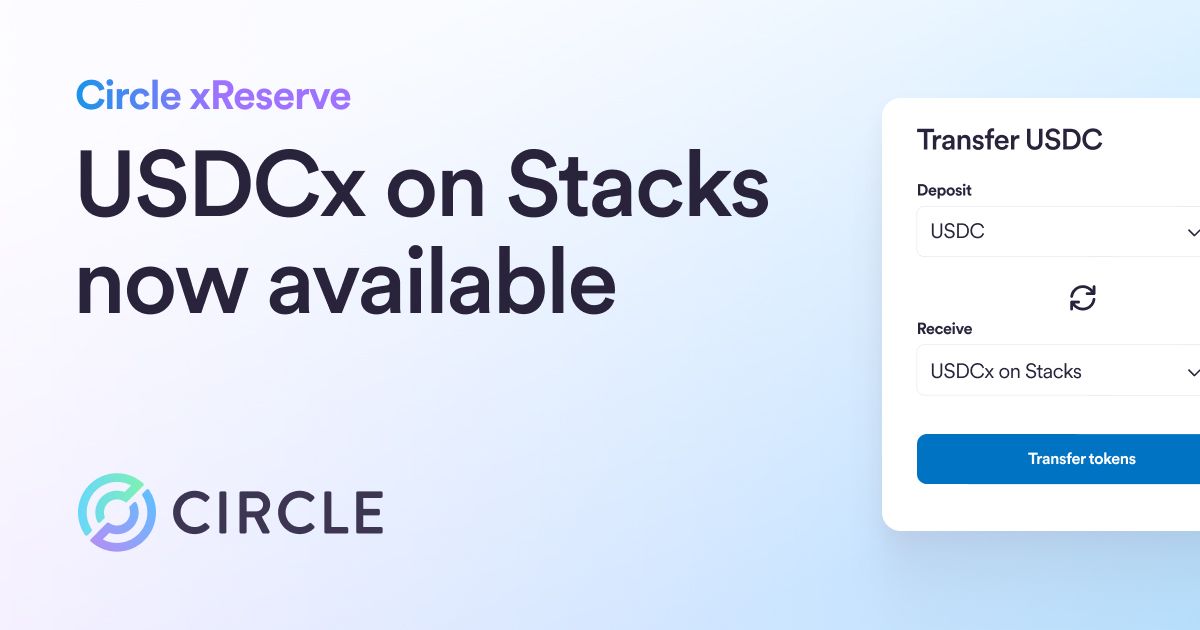Visit the Circle Blog to take a look at Jeremy Allaire's full Twitter thread addressing the White House Presidential Working Group report on stablecoins.

Below is a full-text version of my Tweet storm on the White House Presidential Working Group report on stablecoins. —JA
White House publishes PWG Report on Stablecoins. A lot to unpack, but here’s a quick download. 1/22
First, we are fully supportive of the call for Congress to act and establish Federal banking supervision for stablecoin issuance. The rapid scaling and strategic importance of this to dollar competitiveness in the age of crypto and blockchains is critical. 2/22
We previously announced our efforts to apply for a national digital currency bank charter under Federal Reserve, OCC/Treasury and FDIC supervision. 3/22
We are hard at work on this and looking forward to working with Federal agencies on establishing this for the largest regulated dollar stablecoin in the market. 4/22
Drilling in further, a number of critical things jumped out from the report, principally questions on how to supervise a money and payment system innovation that builds on public blockchains where the actors supporting its use are widely dispersed. 5/22
A first principle for USDC has been the power of adopting digital currencies built on open internet networks aka. Public, blockchains. Open networks and decentralisation are foundational to economic and financial system progress. 6/22
The report shows a real openness to the operation of dollar stablecoins at global, even systemic levels of scale, yet built on public internet infrastructure. That’s a breakthrough in at least the conceptual acceptance of public chains as global economic infrastructure. 7/22
But there are meaningful risks and questions raised around this -- for example, concerns about settlement finality in stablecoin transactions built on public ledgers, and reliance on chains that pose operational or other risks. 8/22
The report asks Congress to give Federal supervisors of stablecoin issuers the power to require that the various “entities” involved in supporting the operation and use of the stablecoin also be able to be supervised and held to “appropriate risk management standards”. 9/22
Conceptually this makes sense, but in practice is going to be really complicated -- it’s not really possible to oversee a decentralised network of miners or validators, who are operating infrastructure that is general purpose web platform infrastructure. 10/22
Here, there is a lot of work to do, helping regulators distinguish between the public internet (TCP/IP, HTTP, Web3 public chains) and the applications built on top of them. 11/22
For example, today, online banking and payments relies on ISPs, DNS, Cert issuers, etc. but those aren’t regulated as entities in the payment chain. Web3 infrastructure should be treated similarly. 12/22
Overall, this is probably the biggest policy/regulatory disconnect as we go forward as an industry — ensuring that financial apps, such as stablecoins, DeFi protocols, exchanges, custodial wallets, etc. can have activity based risk-adjusted regulation built on public chains. 13/22
Open internet infrastructure should be able to deliver a more scalable, resilient and accessible financial infrastructure than closed, permissioned, tightly controlled infrastructure. 14/22
More than 200 million people around the world and nearly 70 million in the U.S. rely on this open financial infrastructure. 15/22
But all of this calls for adoption of standards by industry, inclusive of security, compliance, consumer protection and other critical areas that should be established globally. 16/22
Another risk raised is around monetary policy / credit creation risk in a world where stablecoins are viewed as safer than fractional reserve money. Are they suggesting that instead of full reserve that stablecoins should be fractional reserve, for credit creation reasons? 17/22
I believe that this highlights a fundamental ‘monetary jeopardy’ around the inherent conflict between full-reserve, sound money digital currency and the existing credit-and-risk model in modern banking. 18/22
It’s one of the reasons we are focused on full reserve banking models, which is aligned with the suggested stablecoin issuer models. 19/22
But rather than money creation, we can leverage time-deposit based stablecoin lending markets to deliver credit, with velocity, and perhaps a greater multiplier than fractional banking. 20/22
Final thought — this is huge progress in the acceptance of stablecoins and provides a path for their adoption as fundamental infrastructure for financial and economic activity in the coming decade. As usual, lots of devil in the details to see this through in law and rules. 21/22
Jeremy Allaire





